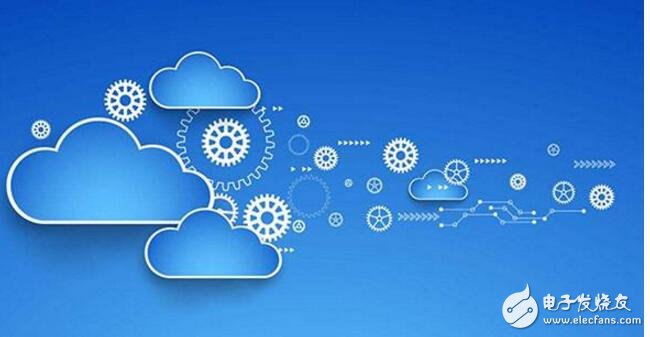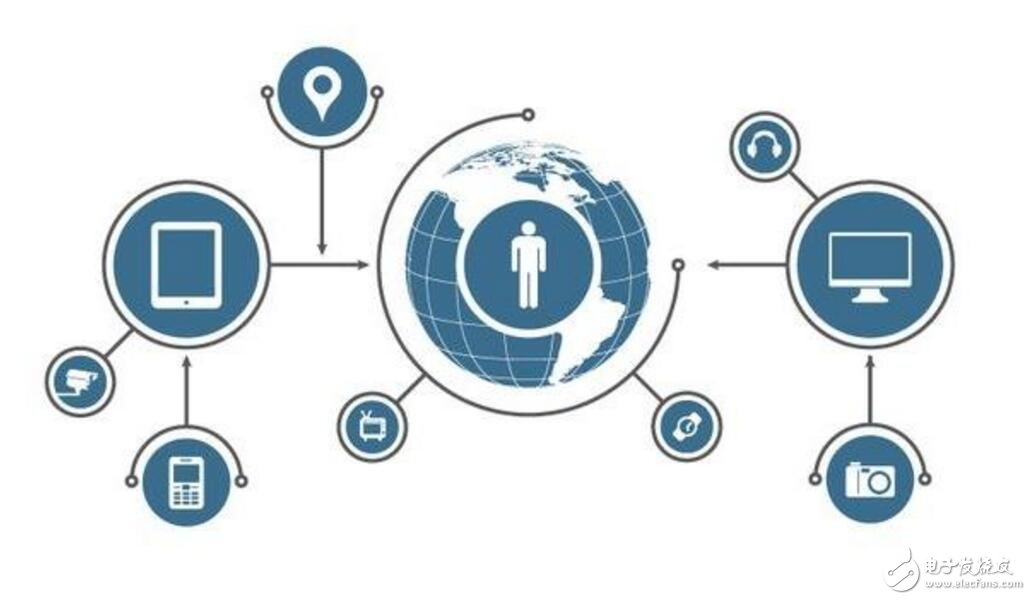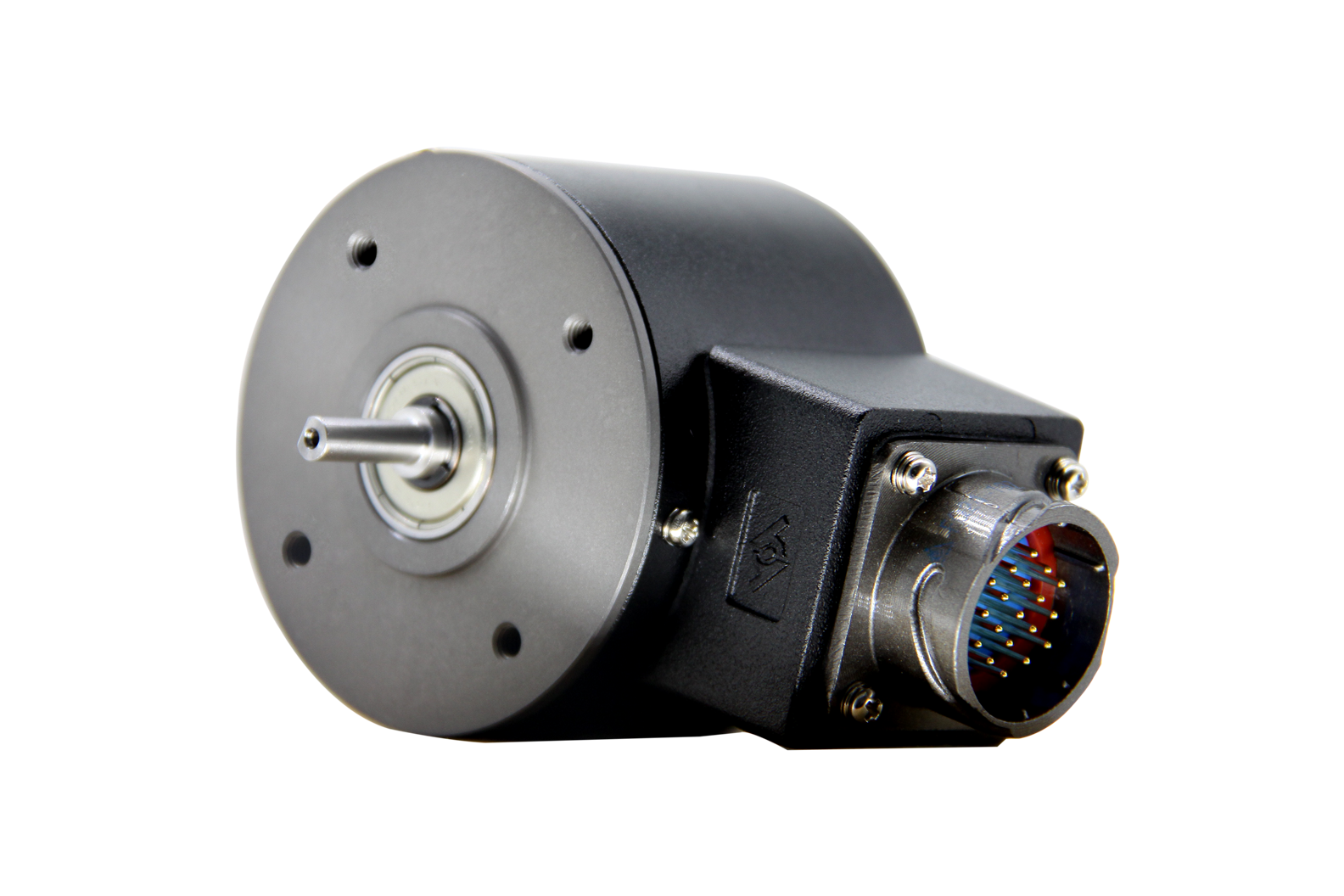Cloud computing is an emerging Internet-based business computing model. It distributes computing tasks across resource pools of large numbers of computers, enabling applications to acquire computing power, storage space, and various software services as needed. Cloud computing is the development of parallel computing, distributed computing, and grid computing, or the commercial implementation of these computer science concepts. The basic principle of cloud computing is that enterprise data centers will operate more like the Internet by distributing the computation across a large number of distributed computers rather than local or remote servers. This allows companies to switch resources to the applications they need. Access computers and storage systems as needed. Generally speaking, the main idea of ​​cloud computing is to perform unified scheduling and management on resource pools formed by virtualization of basic resources, and provide users with three levels of services from bottom to top: Infrastructure as a Service (IaaS). Platform as a Service (PaaS) and Software as a Service (SaaS). The cloud computing platform can be divided into three logical levels and one cloud management platform. At the bottom is the basic resource layer including physical resources and virtual resources. Its main function is to abstract physical hardware resources, including hardware resources such as computing, storage and network, realize automatic resource management and optimization in the resource layer, and provide various IaaS for external users, so that hardware resources can be very Easy to access and manage. The second layer is the platform layer. From the cloud computing architecture, the platform layer is located between the resource layer and the application layer. The platform layer is a software-based core that runs on the resource layer to provide development, testing, and operation for application services. The basic services required in the process, including the level of WEB and application server, database and management support services. The infrastructure layer needs to solve the problem of virtualization and automation management of IT resources, and the platform layer needs to solve how to provide a highly available, scalable and easy to manage cloud middleware platform based on the resource management capabilities of the resource layer. . It consists of two parts: the cloud platform framework and the cloud platform service components. The top layer is the application layer, which is a collection of applications running on the platform layer, providing specific business applications. Each application corresponds to a business requirement, implements a specific set of business logic, and interacts with the user through a service interface. In general, the application layer application can be divided into three categories: the first category is the standard application for the public, such as Google's document service GoogleDocs; the second is a customer application specifically developed for customers in a certain field. For example, SalesforceCRM; the third category is an application developed by a third-party independent developer on the cloud computing platform layer to meet the diverse needs of users. The cloud management platform provides a flexible deployment, operation and management environment for business systems, shields the differences between the underlying hardware and operating systems, and provides comprehensive security for applications that are secure, high-performance, scalable, manageable, reliable, monitorable, and scalable. Reduce the cost of developing, testing, deploying, running, and maintaining applications. The cloud management platform includes three parts: one is the management function, the other is the user service function, and the third is the scheduling monitoring function. “Internet of Things†refers to a new technology in which various sensors and the existing “Internet†are connected to each other. It is a network that realizes intelligent management through information sensing equipment and connecting any items through the Internet according to the agreed protocol for information exchange and communication. It can be seen from this concept that the core and foundation of the Internet of Things is still the Internet, which is an extension and extension of the Internet; its client extends and extends to the exchange and communication of information between any item and item. The main technology used in the Internet of Things is Radio Frequency Automatic Identification (RFID) technology, which is used to support the automatic identification of items and achieve the purpose of interconnection and sharing of information through the transmission of computer Internet. The structure of the Internet of Things can be divided into the following three levels: (1) Information aware layer network. The information-aware layer network is a Sensor network including RFID, barcode, sensor and other devices, and is mainly used for identification of item information and data collection; (2) Information transmission layer network. The information transmission layer network is mainly used for seamlessly transmitting massive data information collected by the sensor network over long distances, and transmitting the information securely to the information application layer; (3) Information application layer network. The information application layer network mainly provides information services and specific applications that people need through data processing platforms and solutions.
Rotary encoders are used as sensors for angle,position,speed and acceleration. We can offer incremental encoders and absolute encoders.
Absolute Encoder,Custom Encoder On Motor,Custom Optical Encoders,High Resolution Encoder Yuheng Optics Co., Ltd.(Changchun) , https://www.yhenoptics.com



The relationship between cloud computing and the Internet of Things_The advantages of cloud computing and the Internet of Things
Cloud computing introduction